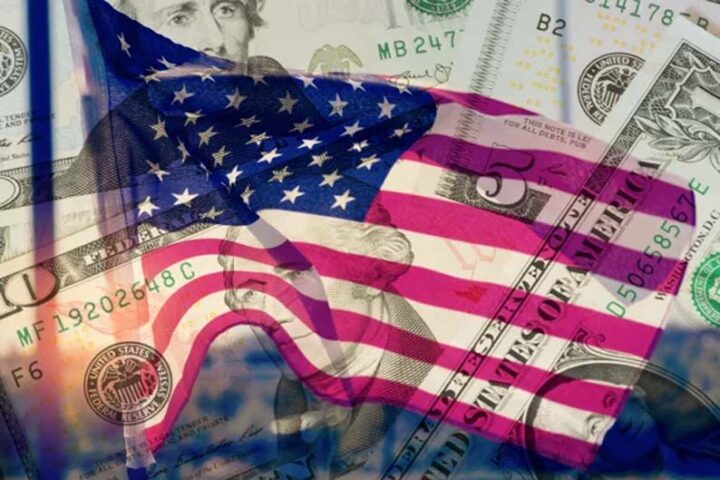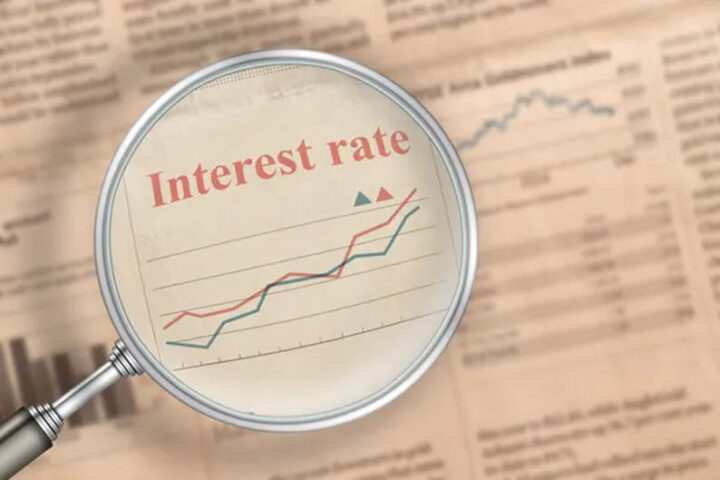By Jeffrey Halley
New York had another tumultuous session overnight, dominated by noise from the crypto sector where (un)stable coins continued to suffer from untethering. Either the crypto noise was pushing equities down, or vice versa, I know not.
Regardless, the intraday sell-offs reversed, and a semblance of calm descended on Wall Street into the close. For that we can probably thank Jerome Powell, who stuck to the 0.50% rate hike script overnight, temporarily dispelling 0.75% nerves.
Currency markets, by contrast, continue to reflect risk concerns around the world.
The US Dollar pummelled Asian currencies on Thursday, although USD/JPY bucked that trend by plunging 250 points to 127.50 at one stage, before finishing 1.25% lower at 128.30.
Warnings from Toyota of massive material cost increases, as well as the noise elsewhere in the world, seemed to combine to create a repatriation event by Japanese investors, helped along by a market that is clearly long to the eyeballs of USD/JPY. Support at 127.00 remained safe, and the overbought technical picture is now back to neutral.
Nothing has changed with the US/Japan rate differential and USD/JPY is already heading north again in Asia on Friday. At least that’s one dip you know you can buy.
The UK produced an average dump of data on Thursday, highlighting stagflationary challenges. Sterling remained under pressure but was supported by EUR/GBP selling.
The Euro slumped overnight, trading at 1.3085 Friday morning. As previously warned, any hint of Russia weaponising its natural gas exports to Europe is a huge negative for the single currency.
European natural gas prices soared as Russia announced sanctions on some European gas importers, and the Euro duly headed south. Any escalation from here sets a move through parity by the Euro in play, and as it is, the single currency will struggle to move back above 1.0500.
It seems as if the US Dollar and US bonds are investors’ haven of choice and earning 2.50% to 3.0% to shelter your money from events in the world is certainly appealing. That is probably going to keep the Dollar resplendent into the weekend.
One casualty is the precious metals sector, where gold fell overnight, but silver and platinum took a real betting, while palladium catalytically converted itself into a near 6% loss for the day.
Some time today, we should get New Yuan Loans and M2 Money Supply for April from China. There are downside risks to both numbers from the forecasts of CNY 1.5 trillion and 9.90%, respectively.
Lower numbers will spark more urgency from the market around meaningful stimulus from China. The more important data will come on Monday with Industrial Production, Retail Sales, and Fixed Asset Investment for April.
The covid-zero lockdowns across the country, notably in Shanghai are going to torpedo the data, it’s just a question of by how much. Once again, ugly data will increase market nerves around stimulus although China equities may rally perversely, as the street prices more robust action from the central government and the PBOC.
Europe releases a swath of inflation and industrial production data Friday afternoon, but none from the EU heavyweights.
It does culminate in Eurozone Industrial Production though, which is expected to fall by 1.0% YoY in March. A weaker number than that is going to be another headwind for Eurozone equities and the Euro itself.
Asian equities in technical rebound
Asia-Pacific equities are staging a relief rally today after Wall Street stabilised late in the session as Jerome Powell calmed nerves over potential 0.75% rate hikes. The rebound of cryptos and stable coins also lifted sentiment.
Overnight, the S&P 500 closed 0.13% lower, Nasdaq rose 0.06%, and the Dow Jones fell by 0.28%. Given the losses intraday, that was an impressive finish.
The rally continues in Asia, with futures on all three recording strong gains. S&P 500 futures are 0.70% higher, Nasdaq futures have jumped by 1.0%, and Dow futures have climbed by 0.55%.
The almost unchanged finish overnight, and the rally by US futures Friday morning, are lifting Asian equities. Japan’s Nikkei 225 has jumped by 2.55%, while South Korea’s Kospi has gained 1.65%.
Despite Shanghai restrictions extending once again, Mainland China equities are also rising. The Shanghai Composite is 0.65% higher, with the CSI 300 rising by 0.55%. Meanwhile, the Hang Seng has rallied by 1.75%.
Oil markets remain volatile
Oil prices finished modestly higher overnight, after another chop-fest session which saw Brent crude and WTI fall nearly four dollars intraday. Powell’s soothing comments around 0.50% rate hikes stabilised sentiment in New York, but it is likely that the Russian natural gas sanctions on some European importers were the reason that oil rebounded.
With European natural gas prices soaring, it is inevitable that some spillover into oil will occur. If anything, it should support the downside in prices for now, even if recession fears in China and Europe et al slow gains to the upside. An escalation by Russia on the sanctions front is likely to flow into oil price strength.
Brent crude rose 0.30% overnight to $107.80 a barrel, having fallen as low as $104.75 intraday. WTI finished 1.05% higher at $106.70, having traded as low at 102.70 intraday.
Asia pushed prices higher Friday morning, likely hedging against weekend news risk around Eastern Europe. Brent crude has added 0.90% to $108.80 a barrel, and WTI has gained 0.605 to $107.30.
Gold wilts on US Dollar strength
Precious metals as a group suffered heavy losses overnight, with investors appearing to prefer the haven of the US Dollar and US bonds, with their appealing yields. The impressive Dollar strength saw gold take out its 200-day moving average and triangle support between $1835.00 and $1836.00, finishing 1.65% lower at $1822.00 an ounce. In Asia, the modest correction by the US Dollar had seen gold creep 0.20% higher to $1825.75.
The failure of $1835.00 now sets up a test of support at $1820.00 and then potentially $1780.00. Failure of the latter suggests a deeper correction to $1700.00. Gold has resistance at $1835.00, $1860.00, and $1884.00, its 100-day moving average. Only a sudden US Dollar sell-off is likely to change the bearish technical outlook.
Jeffrey Halley is Senior Market Analyst, Asia Pacific at OANDA
Opinions are the author’s, not necessarily that of OANDA Global Corporation or any of its affiliates, subsidiaries, officers or directors. Leveraged trading is high risk and not suitable for all. Losses can exceed investments.








